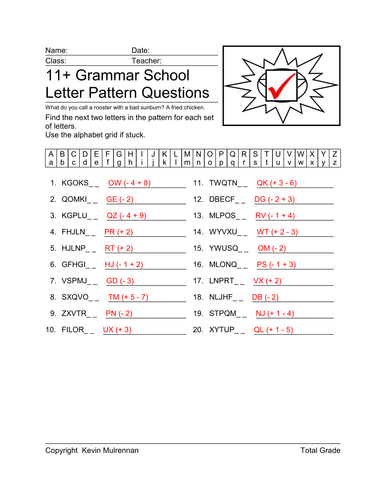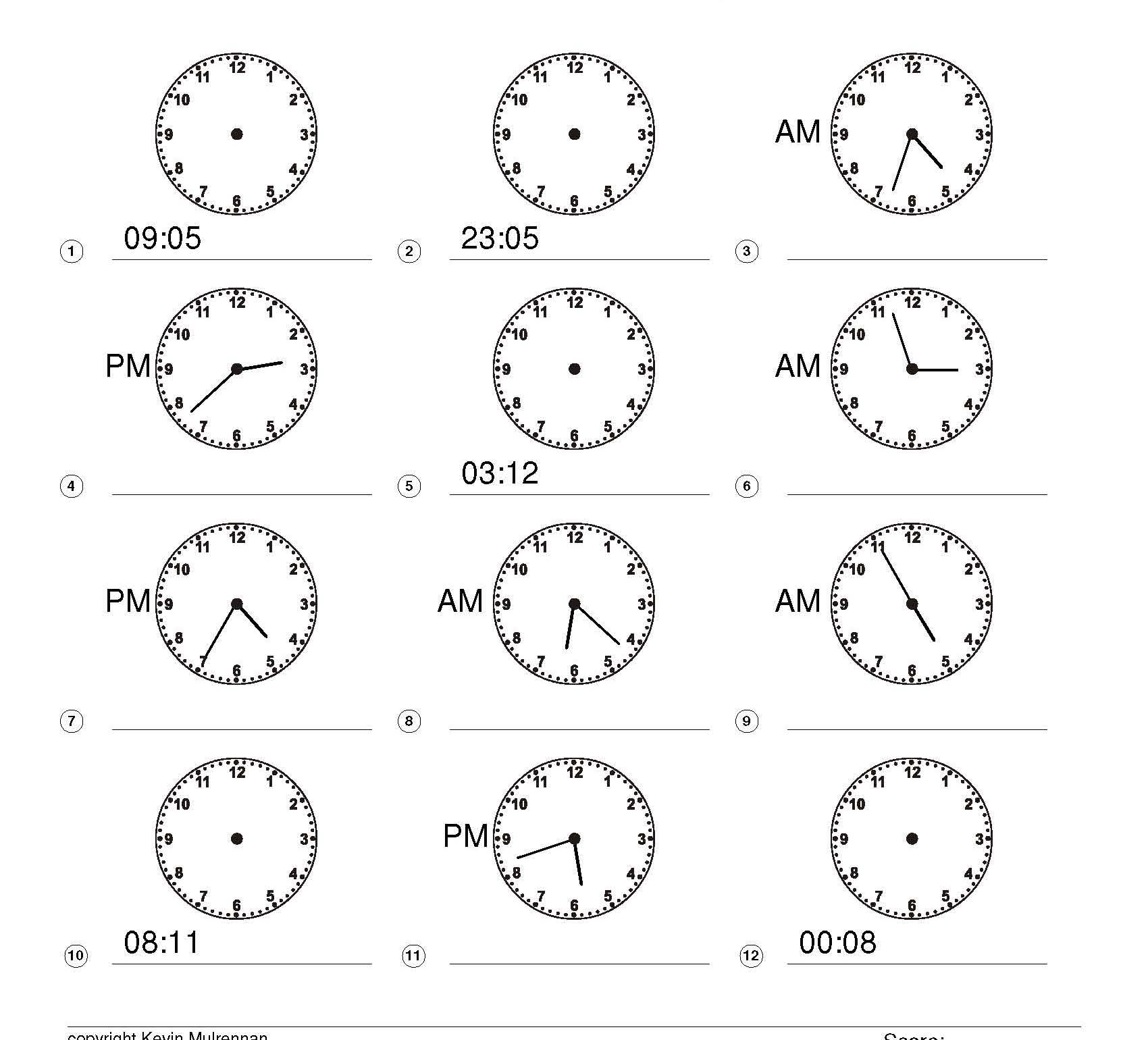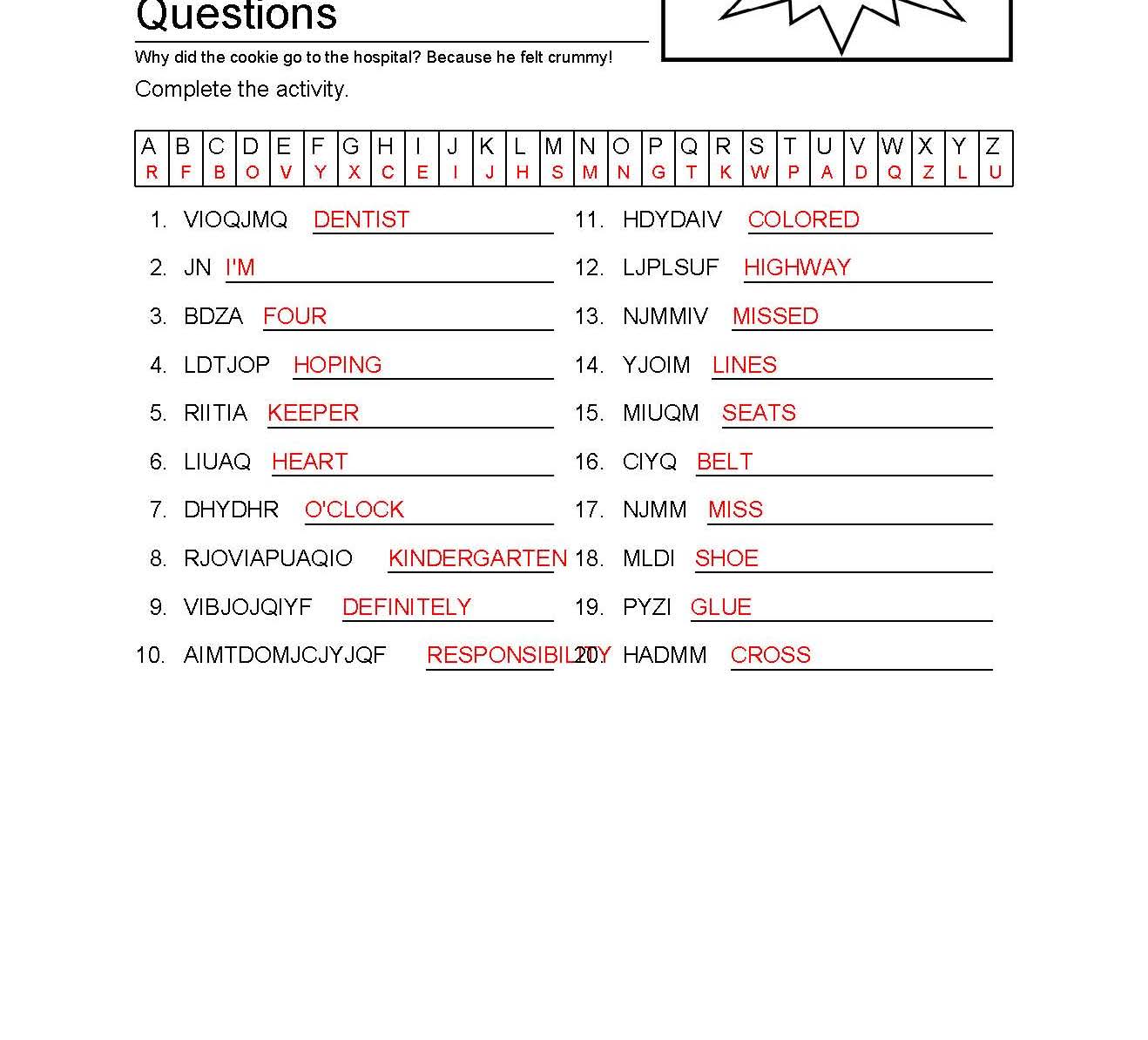404Uploads
119k+Views
40k+Downloads
English

Year 4 Literacy Plans Persuasive Text poetry Imaginary Worlds
Literacy plans for year 4.
Mainly word doucuments for
recounts
newspaper
book week
persuasive texts
poetry
antibullying week
imaginary worlds
stories with historical settings
stories with imaginative settings
stories with historical settings narrative writing and book week
creative writing
holy week
Bits of Roald Dahl the Twits references.
Sample planning : What newspapers and magazines can the pupils name?
What are the articles usually about?
Discuss the purpose of a newspaper.
WALT – know the features of a newspaper text.
WILF – good expression
Read through the opening paragraph of a newspaper article. Children to discuss the features and the structure of the opening paragraph.
Newspaper articles have all of the important information in the opening paragraph. The opening paragraph is not overly descriptive. This information includes who, what, when, where, why and how. (It is written this way because most people do not read an entire newspaper article all the way through. So newspaper writers put the most important information at the beginning).
Children wrote learn the opening paragraph of a newspaper article. Firstly as a class, followed by group work.
Recap the features of an opening paragraph of an article. SW – target group to discuss the features of the article.

Kindlekrax Teaching Materials and Planning Back to School Year 5 Literacy
Planning and worksheets.
Read chapter 3 and 4. Discuss the characters of Ruskin and Elvis. Do you like these characters? Explain. What do they look like? How do they move? Do they have friends/ family? What clothes do they wear? Discuss. Draw up a list of ideas.
Task: To compare the characters of Ruskin and Elvis supporting your description with evidence from the text. Children to describe each character and complete an illustration.
Children to check over their work and improve it. Discuss the comparisons they have made. Which character is the most interesting? Which do you like? Why?
Highlight the WALT. Read p.27 ‘The playground was made of asphalt that sparkled in the sunlight like crushed diamonds on black velvet.’
Describe your school using images like this.
The hall was…
My classroom was…
My teacher is…
Task: Write a character description of Ruskin using the three shot camera frame.
Model how to write the character description using the frame (use Elvis). Long shot, mid shot, close up and reveal.

11 Plus Letter Patterns Volume One Logic Puzzles
100 sheets with answers.
The sort of thing that’s good for eleven plus prep.
Good for logical thinking.11+ Grammar School
Letter Pattern Questions
What do you call a rooster with a bad sunburn? A fried chicken.
Find the next two letters in the pattern for each set
of letters.
Use the alphabet grid if stuck.
KGOKS_ _ OW (- 4 + 8)
QOMKI_ _ GE (- 2)
KGPLU_ _ QZ (- 4 + 9)
FHJLN_ _ PR (+ 2)
HJLNP_ _ RT (+ 2)
GFHGI_ _ HJ (- 1 + 2)
VSPMJ_ _ GD (- 3)
SXQVO_ _ TM (+ 5 - 7)
ZXVTR_ _ PN (- 2)
FILOR_ _ UX (+ 3

11+ Verbal Reasoning Questions Letter Patterns Vol 1
I have designed 100 worksheets on letter patterns for the 11+ non verbal reasoning questions. There are 100 worksheets. Letter patterns is an important aspect of the 11+ exams. Ideal for parents, pupils and tutors. Answer sheets provided. Introduce some logic and problem solving skills to students with the Letter Patterns worksheet. Sets of letters related in some way are displayed. Students must find the next two letters in the pattern for each set of letters. You can see an answer sheet in my picture with the answers in red.

Teaching Resources worksheets Literacy Crosswords KS2 English TEFL
I have designed 100 worksheets on Literacy crosswords for primary school children. I have used common English words. Ideal for 11+ preparation. Ideal for Literacy. Ideal for people learning English. Answer sheets are provided for all worksheets.

11+ Grammar School Antonym Questions Literacy Worksheets
Antonyms are an important part of the 11+ grammar school exams. I have designed 100 worksheets on this area. I have chosen a group of over 600 words. There are 10 questions per sheets and pupils write a, b, c or d. The teacher will be able to have a lively discussion when going over the work with the pupils, discussing the meaning of all the words. Of course they can be used by not only grammar school pupils. They would suit anyone of the top end of primary, adults with learning difficulties or foreign students learning English.

11+ Grammar School Synonym Questions Literacy 100 Worksheets with Answers
Synonyms are an important part of the 11+ grammar school exams. I have designed 100 worksheets on this area. I have chosen a group of over 600 words. There are 10 questions per sheets and pupils write a, b, c or d. The teacher will be able to have a lively discussion when going over the work with the pupils, discussing the meaning of all the words. Of course they can be used by not only grammar school pupils. They would suit anyone of the top end of primary, adults with learning difficulties or foreign students learning English.
Bundle Sale

Bundle Math Literacy Year 5 Planning Algebra Aesop Cloze Test
A great bundle.
Please check my shop for individual details.
Bundle Sale

Year 3 Planning 3 Terms Worth Plus Telling the Time Worksheets Times Tables Bundle
Great Bundle.
3 terms plans plus great worksheets (with answers) om Times Tables and Telling the Time.
This is planning for year 3 for 3 terms .
Plenty of great material here that you can adapt and cut and paste into your own school’s model.
After decades of teaching I’m retired from teaching now. I’d like to help the younger generation so I’m putting my plans online. I hope your Sundays will be made a little easier by cutting and pasting allowing you more free time.
You get for example for one term
Literacy planning e.g. Myths and Legends, Poetry (language play) 9 weeks worth
Numeracy planning 11 weeks worth
Creative curriculum (a bit)
RE (a bit - I taught mainly in Catholic schools so feel free to ditch this if you please)
Science (a bit)
Nocturnal Animals (a bit)
Please read the three terms for full details.
Remember, all schools are different so you will have to adapt my materials to suit your school. It’s not a silver bullet, but should save you lots of time as you can cut and paste.
Great for N.Q.T.'s and experienced alike.
Bundle Sale

Mega Bundle Mathematics Worksheets KS2 Best Viewed Numeracy Literacy
A great bundle of my most viewed worksheets.
Incredible value.
Please look at my shop and get the details of the individual goodies you can get.
Bundle Sale

Year 1 Complete Year Planning Bundle Literacy Numeracy
Complete planning for the year.
Plus great worksheets on Maths patterns.
Great bundle. Great price.
Please read the individual descriptions in my shop.
Bundle Sale

Year 2 Complete Year Planning Numeracy Literacy KS2 Bundle Rounding Maths KS2
A great value bundle.
Planning for 3 terms plus worksheets on shapes and Rounding you can use in year 2. All answers provided.
Autumn
Literacy planning 12 weeks. Performance poetry, Stories with familiar setting etc.
Maths 14 weeks Measuring, Money etc
Creative curriculum (a bit) the Police
R.E (a bit) I taught in Catholic schools so feel free to ditch this.
Science (a bit) Forces and Motions, Health and Growth
Spring
Literacy 12 weeks plans. Fantastic Mr Fox, Different Stories by the same author etc
Numeracy 13 weeks Securing number facts, understanding shape etc
Creative curriculum (bit) Great Fire of London, E Safety
P.E (a bit)
Science (a bit) materials, electricity
R.E. (a bit) Marriage. I taught in Catholic schools so feel free to ditch.
Summer
Literacy. Non-Chronological reports 4 weeks, Character descriptions, Traditional tales, poetry planning etc
Numeracy 9 weeks worth Using and applying the four mathematical calculations to solve problems, Revision of the four main operations. rounding up and down etc
Creative curriculum (a bit) making scarecrows, Wizard of Oz
P.E. (a bit)
R.E. (a bit) St Paul. I taught in Catholic schools so feel free to ditch this.
Science 4 weeks. Plants and animals.
Rounding Numbers
100 worksheets on rounding numbers to the nearest 10 or 100.
Answer sheets provided.
20 questions per sheet.
A good time filler or easy homework.
Shapes
I have designed 100 worksheets on shapes for primary school children. They have to write the name of the shape on the sheet. A great reinforcement exercise or you can give a sheet to a bright pupil to keep them occupied. You can use your professional judgement to choose the appropriate sheet. Answer sheets are provided for all worksheets.
Remember, all schools are different so you will have to adapt my materials to suit your school. It’s not a silver bullet, but should save you lots of time as you can cut and paste.
Great for N.Q.T.'s and experienced alike.
Bundle Sale

Classics Bundle Roman Numerals Latin Wordsearches Aesop Fables Cloze Tests
Classics bundle
100 worksheets on Roman Numerals
500 Latin Wordsearches
108 Cloze tests on Aesops Fables.
See shop for full details.
Bundle Sale

11+ Grammar School Prep Worksheets Bundle Maths Puzzles Synonymn Literacy
Great value bundle.
Great preparation for the grammar school exams.
Ideal for parents or tutors.
All answers provided.
You’ll never run out of material with this great bundle!
Included:
11+ Grammar School Antonym Questions Literacy Worksheets
11+ Grammar School Synonym Questions Literacy 100 Worksheets with Answers
11+ Verbal Reasoning Decoding Vol 1 Maths KS2
11+ Verbal Reasoning Decoding Vol 2 Maths KS2
11+ Verbal Reasoning Questions Letter Patterns Vol 1
11+ Verbal Reasoning Questions Letter Patterns Vol 2
Bundle Sale

Bundle Coins UK and European Plus Maths Adding Up etc
A great value bundle.
Worksheets on adding up UK coins.
Plus Euro ones.
Plus some general maths stuff.
Teaching Resources 100 worksheets Coins KS1 Teachers Counting KS1 KS2
Euro Coins European Worksheets 500 Questions with answers Counting KS1 KS2
1000 questions Mathematics KS2 Multiple Addends 2 Digit Numbers
11+ Verbal Reasoning Questions Letter Patterns Vol 1
Bundle Sale

Bundle Year 5 Literacy Planning Autumn Term KS2 Greek Myths & Maths Shopping Questions
A great bundle.
This is a zip file containing Literacy planning for a year 5 class (Autumn term).
Plus great sheets on calculating the cost of shopping items. All answers provided.
It consists of 14 short term plans I designed. There is one Literacy lesson per day.
You will get 14 Microsoft Word documents. They are based on the Greek myths.
I’ve also included for free some extra teaching materials that you can use. I’ve included too 3 medium term plans , one for each term). These cover plans and ideas not just for Literacy, but other subjects as well.
I’ve also included an extra week from the next term. Feel free to use it to plug any gaps.
This will help you do your own planning. Feel free to cut and paste into your own school’s plans.
Ideal for someone who had to do a term’s supply like I had to do.
Please bear in mind:
every school is different. My plans assume you have the aide of a TA, but this is not essential. There is no differentiation in the planning. Everyone does the same thing to the best of their ability.
you may want to add your own detail. These are short term plans remember.
I have used walts and wilts. Your school may do something different.
A very few number of weeks have a small gaps for things like tests and inset days. Use the extra week one planning for the next term (included for free) if you wish.
Bundle Sale

Year 4 Super Bundle Masses of Planning Worksheets Literacy maths Arts
Super bundle for year 4.
Loads of resources. See my shop for details.
Start your school year with loads of planning that you can adapt for personal use. Take the strain out of Sunday planning.
Bundle Sale

Literacy Great Bundle Masses of Planning Ideal for Supply Teaching
A massive bundle.
Tons of resources over a wide range of years.
Brilliant for supply teachers.
Look at my shop to see details of the individual resources.
Bundle Sale
Bundle Sale

History bundle World war 20th Century John Lennon Vietnam War
Nice good value bundle.
Please look at shop for details




















